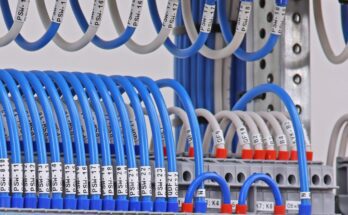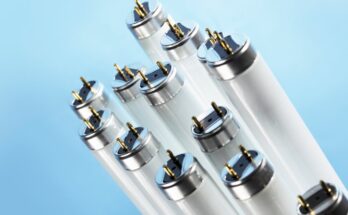On September 6, China successfully landed a reusable spacecraft the country had launched into orbit just two days before, according to the state-run Xinhua News Agency. “The successful flight marked the country’s important breakthrough in reusable spacecraft research and is expected to offer convenient and low-cost round trip transport for the peaceful use of the space,” Xinhua reported.
What we know: The country has provided very few specific details into what the mission was and the spacecraft that was tested. The spacecraft was launched from Jiuquan Satellite Center in the Gobi Desert, from a Long March 2F rocket. No images were released.
Spaceplane speculation: China has previously expressed interest in developing reusable spaceflight architecture. A Xinhua report three years ago suggested the country would actually launch such a spacecraft this year–one that was distinct from “traditional one-off spacecraft” and would “fly into the sky like an aircraft.”
That report led many experts to believe China wanted to develop its own version of the US Air Force’s X-37B spaceplane, which is capable of flying in low Earth orbit for several years on end before returning to Earth and landing horizontally on a runway. A Chinese military source told the South China Morning Post that “maybe you can take a look at the US X-37B [spaceplane]” as a hint for what the Chinese spacecraft looks like.
That speculation was bolstered by the fact that China made visual modifications to the launch tower for this mission, possibly to accommodate a payload that is wider in diameter (and more like a spaceplane).
An additional wrinkle: According to SpaceNews, US space surveillance identified an additional smaller object released into orbit by the Chinese spacecraft before its return to Earth. It’s not yet clear what this object is and what its purpose might be.
More to come: This is likely just the first in a series of new tests of reusable spacecraft to stream out of China over the next few years. The China Aerospace Science and Industry Corp. (CASIC) is working on its own spaceplane named Tengyun. And the private company iSpace previously suggested it wanted to develop a spaceplane of its own.


